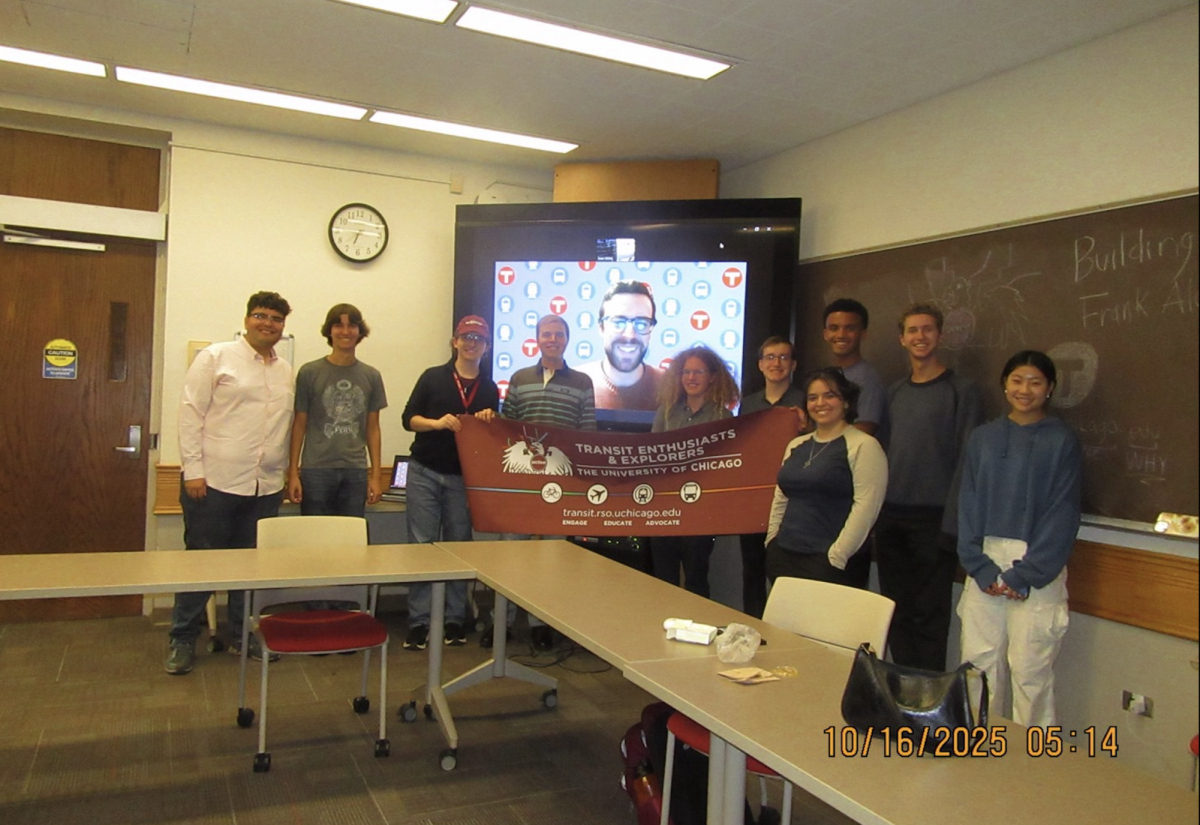[img id=”77367″ align=”alignleft”] Long before scientists told us nuts are good for you, it seems early humans figured it out.
University of Chicago researcher Callum Ross worked with an international team to create a virtual model of an ancient human skull to solve the problem, “If ancient humans mostly ate soft plants, why did their faces need such strong bones?” The answer: they were cracking nuts—using only their teeth.
The team studied early hominid Australopithecus africanus, which lived in Africa two-and-a-half to three million years ago. A. africanus walked upright, but had a relatively small brain.
Scientists noticed that A. africanus had two particularly thick bone plates that ran down either side of the nose, called the anterior pillars. This feature has been much reduced in modern humans, and the team wanted to know why the hominids needed such massive facial bones.
“The existing hypothesis was that the large anterior pillars are adapted for powerful biting on the premolars,” Ross said. Both humans and their ancestors have a pair of premolar teeth on each side of the mouth, set between the sharp pointed canines at the front and the larger, flat molars in the back. But A. africanus had much larger premolars than modern humans.
Larger anterior pillars are designed to absorb the shock of a powerful stress. So Ross’s team wanted to know what kind of chewing motion would have both used the premolars and needed such powerful bone pillars to withstand stress. To find out, they created the one of the most complete virtual models of an ancient human skull yet made.
First, the team tested their technique by creating a model of a macaque monkey skull, so their results could be confirmed by analyses from real macaques. Then they turned to A. africanus. CT scans of the fossil were entered into a computer program which used mirror-imaging to fill in gaps using the other half of the skull. Ross studies vertebrate chewing, so he helped model the muscle forces at play in the chewing motion.
“But our original fossil had no teeth—that’s one of the problems we had to solve,” Ross said. The researchers fixed this by combining the image with another set of A. africanus fossils that included teeth. “What’s exciting about computers is that you can merge these bits from different fossils,” he said.
Finally, David Strait at the University at Albany in Canada modeled the motion using a technique called the finite element method (FEM), which uses calculus to recreate the skull and the motions it would go through while chewing. “FEM breaks the skull into a finite number of little cubes, or tetrahedrons, that behave as though the skull was a continuous surface,” Ross said. “So you can study how the stress is distributed, and how the frame deforms when you apply force.”
As the 3-D skull bites, the model highlights the areas of the facial bone that are being stressed by the force of the bite. When the researchers simulated a powerful force on the premolars, the anterior pillars along the nose lit up. So the pillars reinforced the face against stress caused by early humans biting on something hard.
Since A. africanus was probably mostly vegetarian at this point—its only meat would have come from scavenging—the question became, what plant foods require powerful jaws? “Nuts,” Ross said. “Have you ever tried cracking a Brazil nut with your teeth?”
Because the fossil’s teeth don’t show the kind of consistent damage that might result from a lifetime of nutcracking, Ross said the team came to a separate conclusion: large nuts were a “fallback” food, something our ancestors ate only if nothing better was around.
“Some people argue that what really drives evolution of morphology is how we perform when times get tough,” Ross said. So even though the massive facial bone structure could have been only necessary during drought or other food shortages, it stayed—although the normal diet of softer foods, like plants and fruit, did not cause such facial stress.
The study is unique in its use of FEM to create a complete reconstruction of a skull and its motion. “The fossil record is full of teeth and jaws,” Ross said. Teeth are harder and jawbones are sturdier than other parts of the body, so they are often preserved when more fragile bones break. Luckily for researchers, tooth damage reveals a lot about what animals ate during their lifetimes, and FEM research promises to uncover even more by integrating teeth into models that actually move. “If you can decode how the jaws worked, you can tell a lot about the animal,” Ross said.
Ross said the team plans to build FEMs of other monkeys, fossils, and humans. “The aim is to understand how we got to where we are,” he said.
Wherever we are, it seems that nuts helped us get there.








